

Cuban ones:
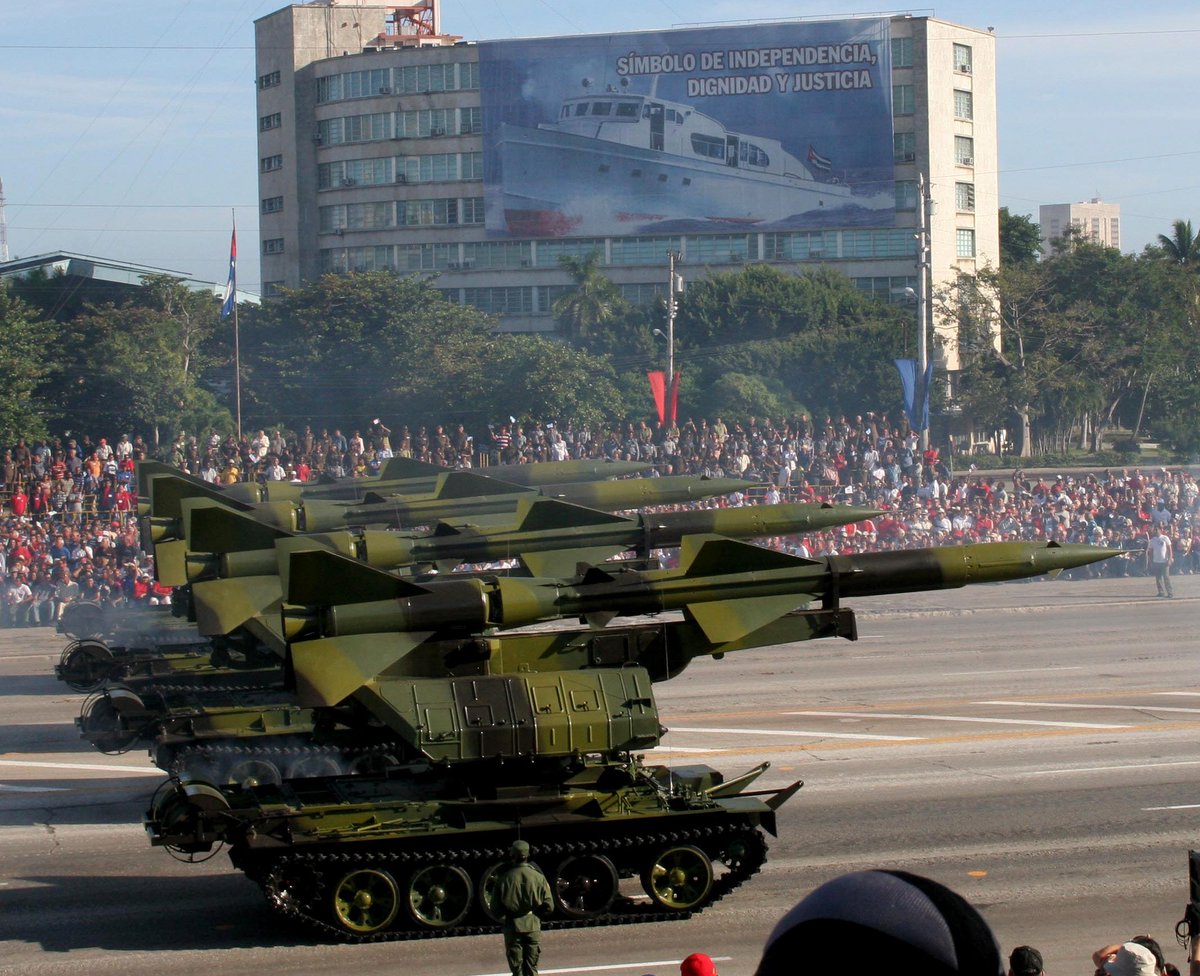

 Ethiopia Armed Forces
Ethiopia Armed Forces


 Ethiopia Armed Forces
Ethiopia Armed Forces

 Re: Ethiopia Armed Forces
Re: Ethiopia Armed Forces
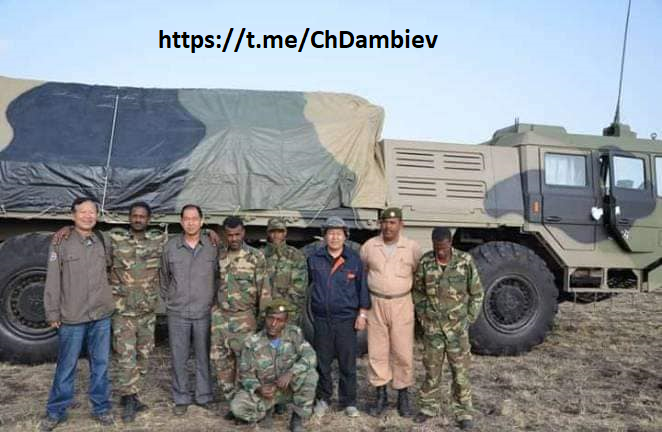

Gomig-21 likes this post
 Re: Ethiopia Armed Forces
Re: Ethiopia Armed Forces
GarryB and Gomig-21 like this post
 Re: Ethiopia Armed Forces
Re: Ethiopia Armed Forces
Until 2018, the Ethiopian military was more of a political tool of a one-party, one-ethnic dictatorship; the army was more focused on domestic policy issues (for 27 years from 1991 to 2018, 113 conflicts on interethnic and interfaith grounds occurred on the territory of the country; the ruling clique implemented the principle of "divide and rule"), rather than on protection from threats from outside. In the central bodies of military administration, in particular, in the Ministry of National Defense, in the main departments of the General Staff (operational, intelligence, communications, rear), in the leadership of military educational institutions, the dominance of the same ethnic group was observed. Representatives of the most numerous ethnic groups (Oromo and Amhara) were forced to leave military service, because they did not see service prospects: such for the mentioned 27 years, there were from 15 to 20 thousand in all levels of management from senior officers to junior commanders. The monopoly of one ethnic group in government and law enforcement agencies paved the way for the misuse of budgetary funds, including through the Ministry of National Defense. At the same time, the air force was chronically underfunded, which ultimately affected the course of the counter-terrorist operation in Tigray and subsequent hostilities. In general, the armed forces were numerically “optimized” to a level that did not allow them to effectively fend off any significant external threat. The monopoly of one ethnic group in government and law enforcement agencies paved the way for the misuse of budgetary funds, including through the Ministry of National Defense. At the same time, the air force was chronically underfunded, which ultimately affected the course of the counter-terrorist operation in Tigray and subsequent hostilities. In general, the armed forces were numerically “optimized” to a level that did not allow them to effectively fend off any significant external threat. The monopoly of one ethnic group in government and law enforcement agencies paved the way for the misuse of budgetary funds, including through the Ministry of National Defense. At the same time, the air force was chronically underfunded, which ultimately affected the course of the counter-terrorist operation in Tigray and subsequent hostilities. In general, the armed forces were numerically “optimized” to a level that did not allow them to effectively fend off any significant external threat.
Prime Minister Abbiy Ahmed, who came to power in the spring of 2018, knew all this and experienced it for himself, since he was in his former incarnation a career military intelligence officer. That is why one of his first steps in power was military reform. The New Deal was not to everyone's taste; that is why, at the first opportunity (November 4, 2020, the beginning of the armed rebellion in Tigray), supporters of the Popular Front for the Liberation of Tigray deserted from the armed forces in large numbers. At the same time, the number of regional Tigray security forces was exorbitantly inflated (according to the Ethiopian constitution, each national district has the right to create special forces under the regional departments of internal affairs). Eventually,
Since the rebels for many years illegally stockpiled weapons, ammunition and other materiel, including spare parts and components for military and special equipment, they managed to relatively quickly put into operation the heavy weapons they captured, including those that are long-term time (again, not by chance) were waiting for scheduled repairs. By the beginning of the invasion of the national districts of Amara and Afar, the rebels had three to four dozen main tanks, the same number of field and anti-aircraft artillery guns. The high quality of communications equipment purchased by the rebels in the commercial segment of the world market for high-tech products was especially noted.
The Tigray rebels set their triune goal in the course of a series of successive operations and battles to defeat the armed forces of Ethiopia, block the main export-import highway in the Mille region (Afar national district) and through this bring down the country's foreign trade, occupy the central regions of the country (the historical region of Shoa) and through this undermine the stability of the mechanism of public administration. Their strategy was based on overwhelming numerical superiority in manpower and the experience of conducting psychological warfare. In turn, the federals from the very beginning viewed this conflict as a people's war for the salvation of the Ethiopian statehood. Their strategy was based on the implementation of four tasks: keeping the corridors of Addis Ababa - Humera in the west (in order to block the cross-border flow of human and material resources of the rebels from Sudan) and Addis Ababa - Mille in the east (in order to ensure communications with the outside world through Djibouti), maneuverable defense in the center with the task of systematic exhaustion a numerically superior enemy until the moment when reserves are prepared to go on a counteroffensive with decisive goals, nationwide and nationwide mobilization, restructuring of the armed forces in conditions of active hostilities (building up combat and numerical strength, purchasing weapons, military and special equipment, increasing the efficiency combat training measures, improvement of the command and control system of troops (forces), carrying out organizational and staff measures). The western sector of the front became paramount in importance: in the event of the success of the rebels, advancing simultaneously from the east, along the B22 road in the direction of Woldiya, Debre-Tabor through Gashena and from the north, along the B30 road from Mai-Tsebri through Addi-Arkay to Debark and further to Dabat, the federals lost control of the western corridor and possibly over the entire line of the Sudanese-Ethiopian border, which would make it easier for the rebels to supply from abroad. The second most important was the eastern sector of the front, where the retention of Mille on the A1 motorway guaranteed the relatively normal functioning of the national economy in the difficult conditions of an acute internal political crisis. Finally, the third most important was the central section, where the feds gradually retreated from one defensive line to another, from Woldya through Desse and Kombolcha on Atay, Shoa-Robit, until they stopped the enemy on the outskirts of Debre-Sina, exhausting the numerically superior enemy and inflicting significant losses on him over and over again, which had its cumulative result and paved the way for a counteroffensive. As a result of the latter, the enemy, who advanced 500 km from north to south in 4.5-5 months, was forced to roll back to their original positions within 12 days, while suffering irreparable losses in manpower (especially in terms of command personnel) and heavy weapons (lost all tanks, artillery and anti-aircraft guns).
To date, the first stage of the operation has been completed, there has been an operational pause. At the same time, separate clashes take place along the entire front of the confrontation. The second stage is next, which will begin no earlier than when the troops make up for losses in personnel, weapons, military and special equipment, replenish stocks of materiel, regroup and carry out the minimum necessary cycle of combat training events, upon completion of a full-fledged reconnaissance cycle. The task of the second stage is the final elimination of the illegal armed groups of the TPLF, the so-called Tigray Defense Forces. The second stage will definitely be! Tigray is an integral part of Ethiopia.
The war brought forward a galaxy of new commanders, whom we encouraged through promotion in military rank and awarding state and departmental awards.
The armed forces have increased numerically from 44 thousand people in November 2020 to 120 thousand people at present. The numbering of the newly formed divisions has exceeded one hundred (here it is very difficult to estimate how many new formations were actually formed in the summer and autumn of last year; at least their number tripled). The number of operational formations (commands) has grown to nine to ten. The hull control link has been restored. In the development of a nationwide line to strengthen the Ethiopian federation in the armed forces, emphasis was placed on overcoming all manifestations of nationalism and ethnic hatred. In military development, priority will be given to the ground forces (mechanized and light infantry), the air force and special operations forces (not a word is said about the naval forces, but it is understandable).
Gomig-21 likes this post

 Re: Ethiopia Armed Forces
Re: Ethiopia Armed ForcesGomig-21 likes this post
 Re: Ethiopia Armed Forces
Re: Ethiopia Armed Forces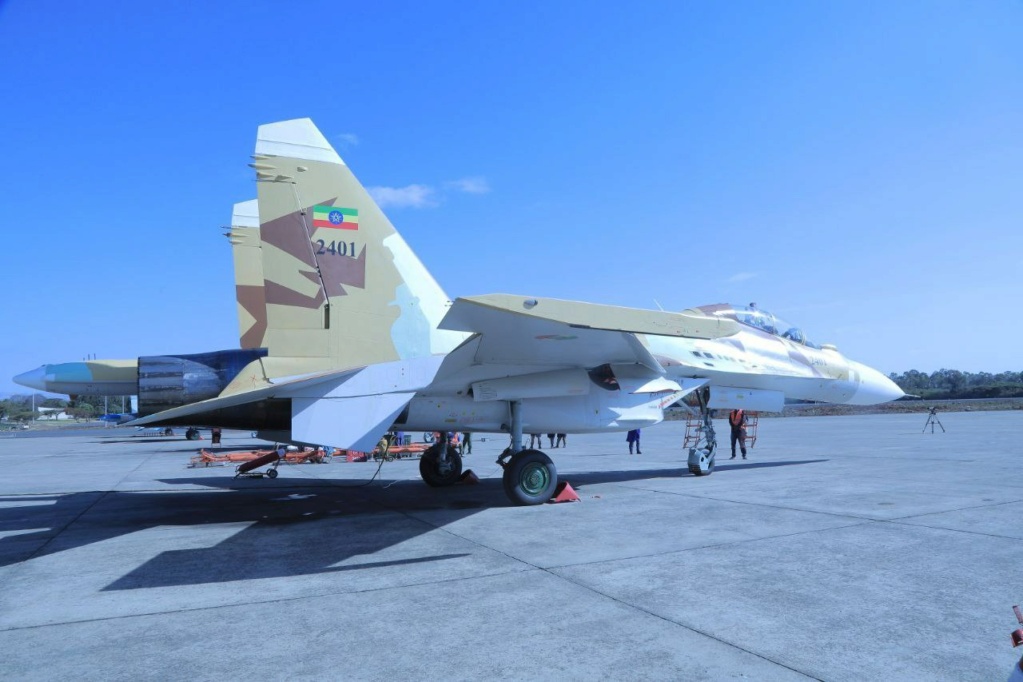
GarryB, Gomig-21 and lancelot like this post

GarryB, d_taddei2, Manov, Gomig-21 and lancelot like this post
 Re: Ethiopia Armed Forces
Re: Ethiopia Armed ForcesBelisarius wrote:The Ethiopian Air Force also received two Russian made Su-30 multirole fighter jets.

GarryB, lancelot and Belisarius like this post
 Re: Ethiopia Armed Forces
Re: Ethiopia Armed ForcesGeorge1 wrote:Ethiopia received Su-30 fighters
The Ethiopian Armed Forces reported that the ceremony of introducing two “first generation” Su-30 fighters into the Ethiopian Air Force took place on January 16, 2024 (7 Terra 2016 in Ethiopian calendar). It is stated that this is the “first batch” of Su-30 aircraft being received. The ceremony was attended by the Chief of Staff (Commander-in-Chief) of the Ethiopian Armed Forces, Field Marshal Birhanu Yula.
One of the first two Su-30K fighters received by the Ethiopian Air Force with tail number "2401", 01/16/2024 (c) Ethiopian Armed Forces
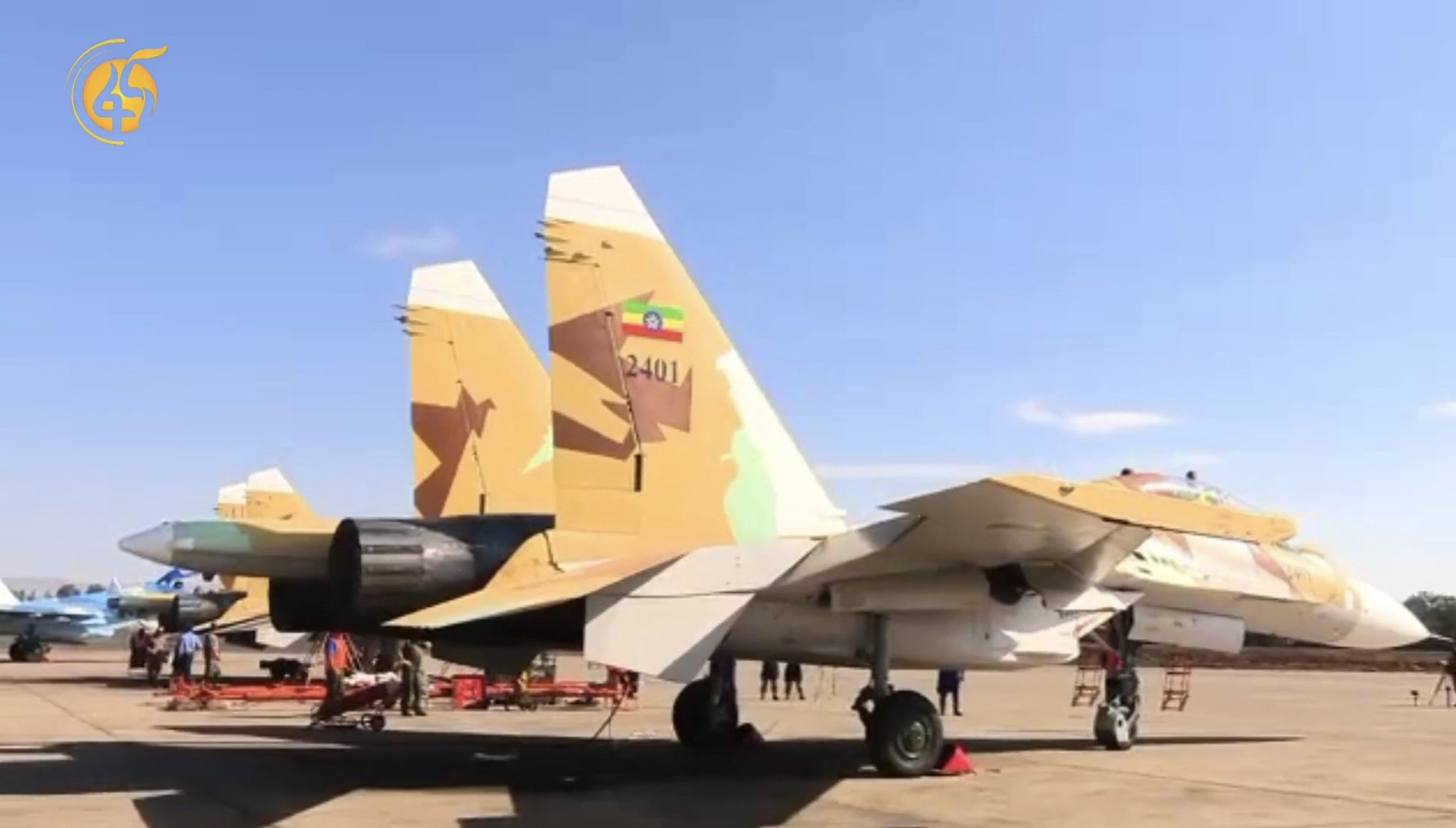
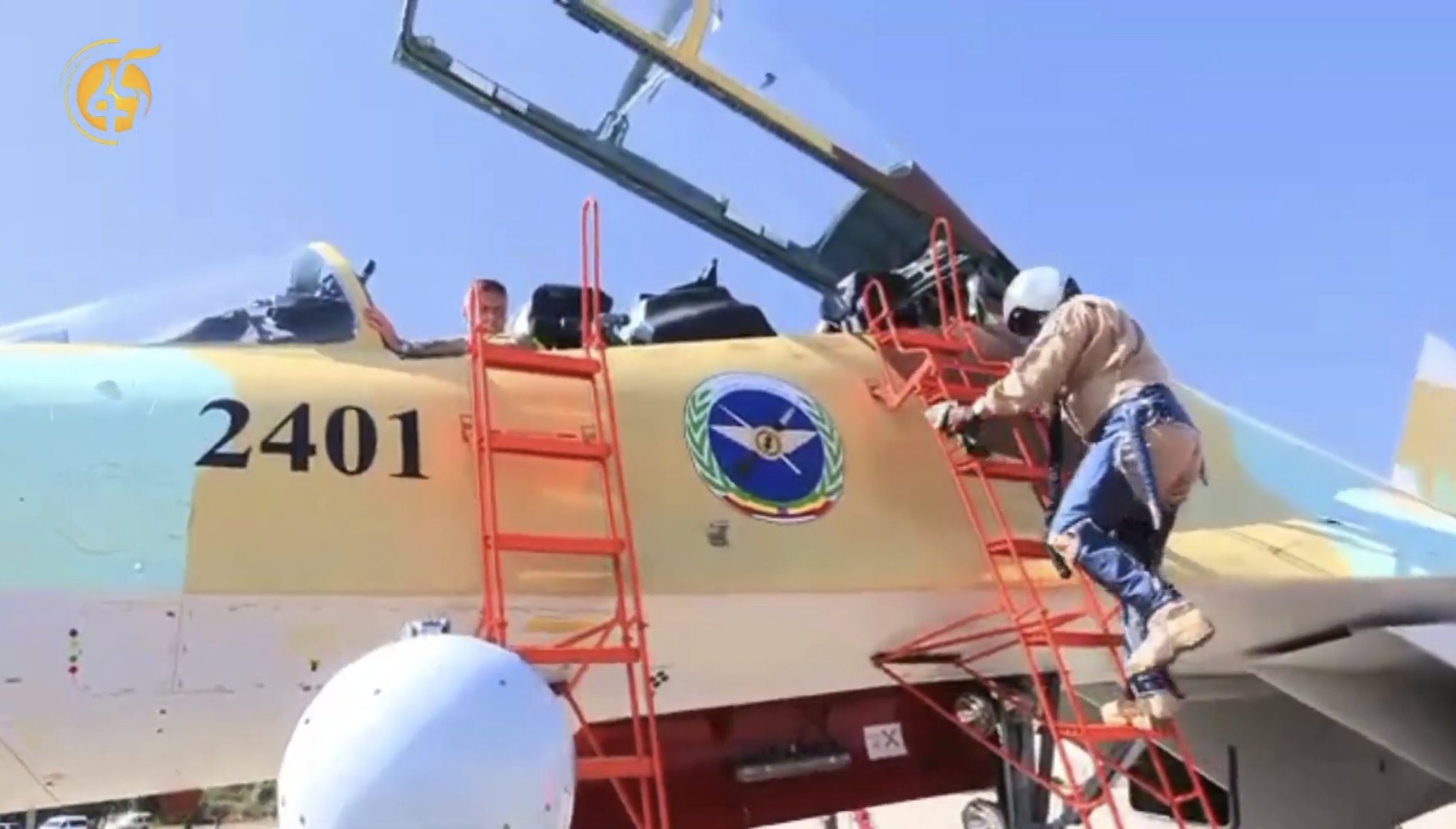
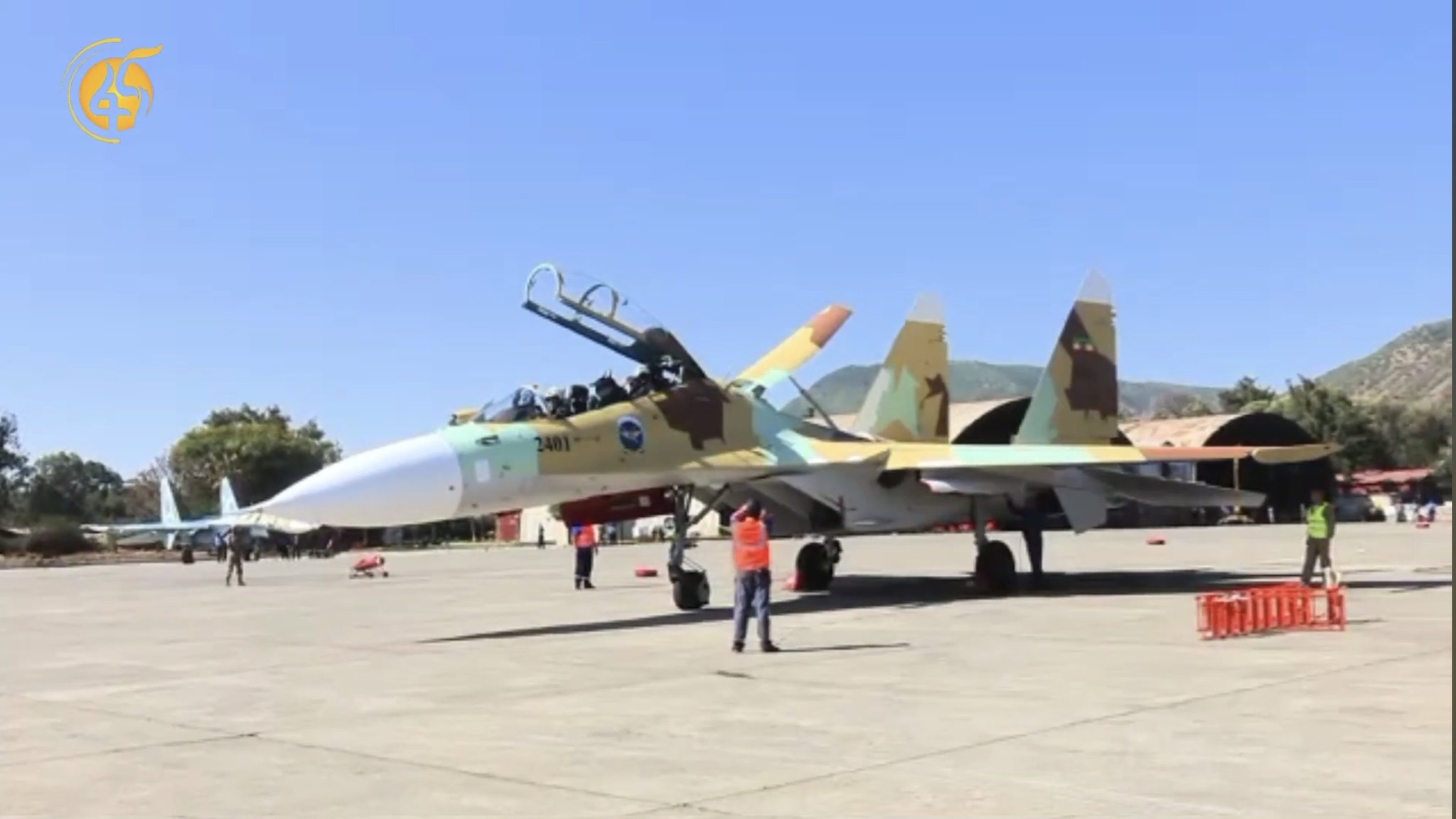
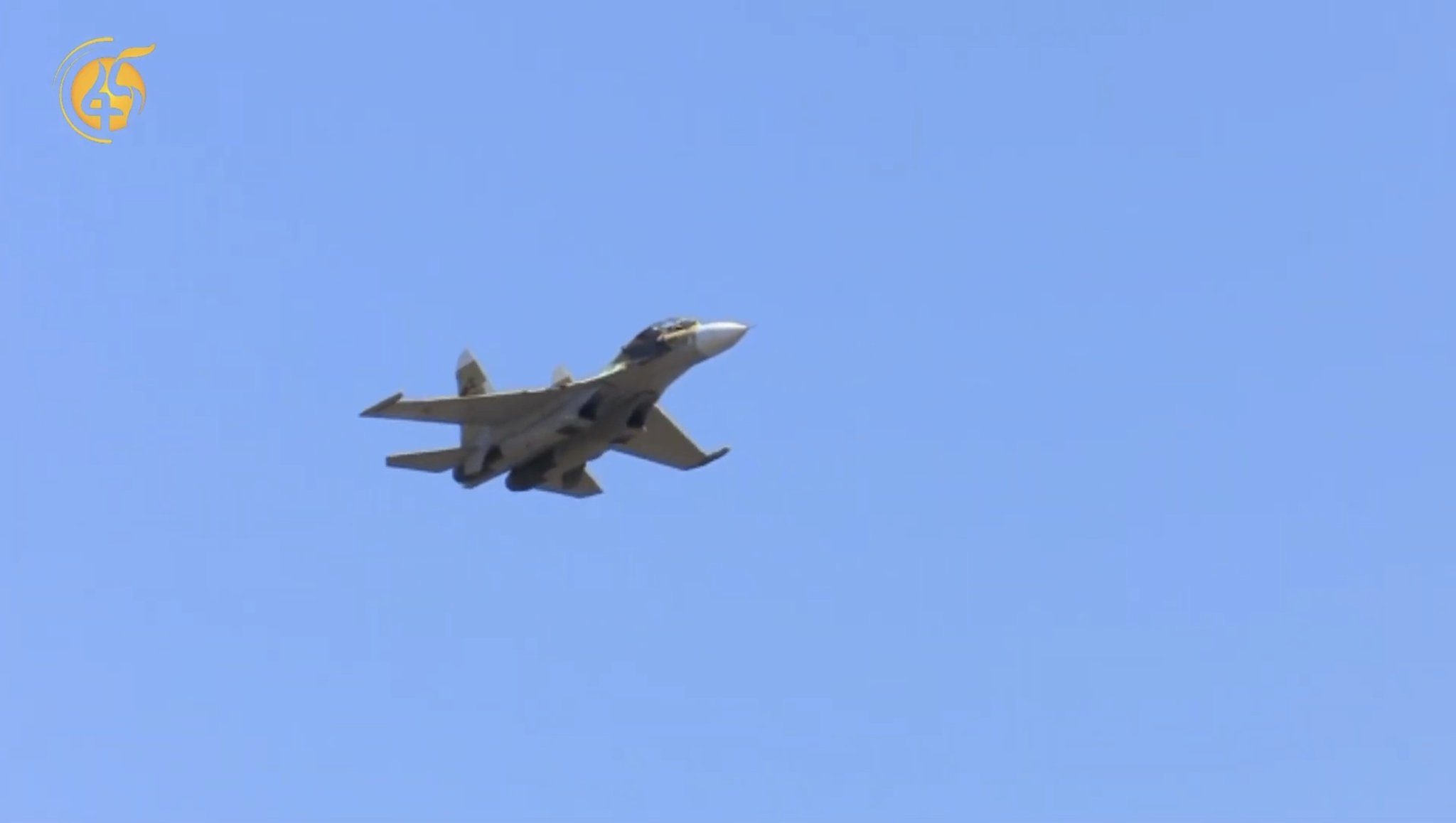
George1 likes this post
 Re: Ethiopia Armed Forces
Re: Ethiopia Armed ForcesGarryB and Gomig-21 like this post
 Re: Ethiopia Armed Forces
Re: Ethiopia Armed Forces